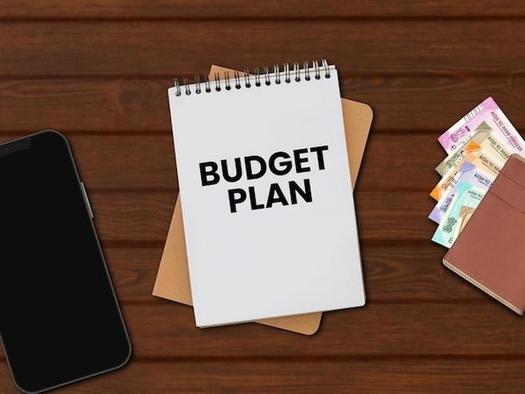
Spring’s arrival has me thrilled! The warming weather signals the perfect time for gardening. Although I never saw myself as the gardening type before, it has become an integral part of our journey towards financial independence, presenting a practical means to save money. Here’s why initiating a garden now can be beneficial for your finances.
WHY START A GARDEN?
Cultivating your own food can dramatically minimize your grocery bills if done properly. However, gardening demands effort, particularly in the early stages, to yield considerable benefits. You must be prepared to invest a fair bit of labor to reap the profits.
Regardless of whether you have ample garden space or just a small terrace, you can optimize various methods to utilize your area effectively. Despite having a vast backyard, we discovered that growing in raised beds suits us better. This method helps cut down on weeds and pests and offers more weather control.
A 2014 study by the National Gardening Association (NGA) revealed that 54% of households began gardening to reduce food expenses. The figure has likely increased since then. Several gardening websites and surveys suggest that a household can save anywhere from $500 to $1000 annually from their home garden. Factors influencing these savings include the region you live in, the size of your family, and how many types of crops you cultivate. As a seven-member family, even our minor successful yield from the previous year helped us save around $600. We aim to grow diversified crops this year, hoping to save even more.
CHOOSING THE RIGHT SEEDS
Starting a garden can be expensive, largely due to the seeds. With a plethora of seed options now available, including numerous heirloom versions of formerly homogenized crops, gardening can also boost soil health.
Nonetheless, seeds can be pricey. We prefer organic seeds, ensuring our crops are completely organic from beginning to end. However, this might not align with everyone’s preference.
The cost of seeds depends on whether they are:
– Regular
– Organic
– Heirloom
– Perennials (reproduce every year without replanting)
– Annuals (yield one crop and need replanting every year)
We favor perennials as it eliminates the need to do repeated work. But remember, some seed types require annual replanting. All these aspects need consideration while shopping for seeds.
STARTING SEEDS INDOORS
Starting most crops indoors provides the best results. It offers control over the environment, particularly regarding temperature, soil moisture, pest prevention, and humidity. Vulnerable young sprouts can be protected more effectively indoors. When they’re strong enough, they can be transferred to the outdoors.
The Old Farmer’s Almanac is a useful resource for information on which crops are suitable for your region and when to begin indoor cultivation.
TRANSFERRING SEEDS OUTDOORS
Once external weather is deemed suitable, the thrilling yet complex part of shifting the plants outdoors begins. The outdoor environment offers less control, but it’s essential to make seedlings as resilient as possible pre-transplant.
The Old Farmer’s Almanac is a reliable guide for all things gardening-related. They can provide essential tips for moving seedlings outdoors successfully. You need to be aware of key aspects like hardening, reducing the usage of fertilizers and water, exposing plants outdoors for at least a week, transplanting in the morning, ensuring loose new soil, and providing adequate phosphorus for proper root growth.
THE WINNING BENEFITS OF GARDENING
In essence, gardening provides a great way to trim your grocery bills while controlling the source of your food. However, the costs of initiating a garden can vary based on the cost of living in your area, your family size, garden space, seed costs, starting seeds indoors, and timing the outdoor transplant.
Starting may appear overwhelming, but it gets simpler and rewarding over time. It feels grand to pluck your own home-grown produce for meals, costing you virtually nothing. With savings on groceries, fuel, and your vehicle’s wear, gardening is undeniably a winning strategy.
Have you started your garden yet? If so, how have you managed to save on grocery expenses so far?








